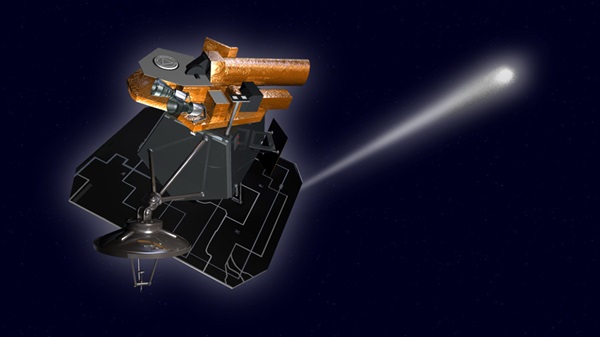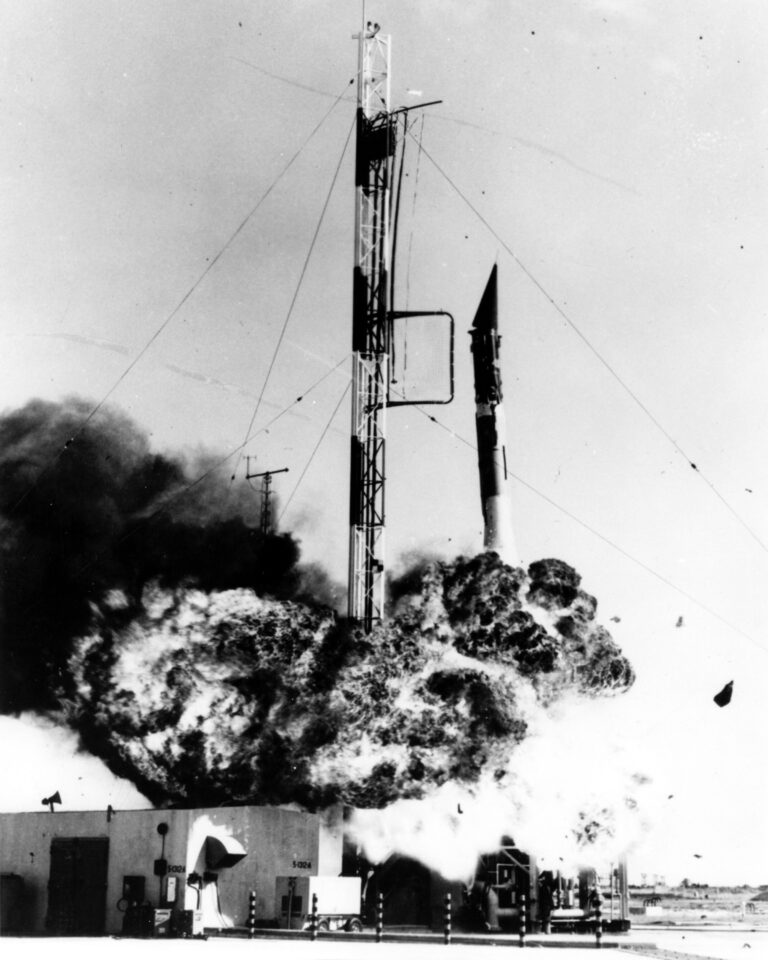Key Takeaways:
“On Earth, cyanide is known as a deadly gas. In space it’s known as one of the most easily observed ingredients that is always present in a comet,” said Mike A’Hearn from the University of Maryland, College Park. “Our observations indicate that cyanide released by the comet increased by a factor of five over an 8-day period in September without any increase in dust emissions. We have never seen this kind of activity in a comet before, and it could affect the quality of observations made by astronomers on the ground.”
The new phenomenon is unlike typical cometary outbursts, which have sudden onsets and are usually accompanied by considerable dust. It also seems unrelated to the cyanide jets that are sometimes seen in comets. The EPOXI science team believes that astronomers and interested observers viewing the comet from Earth should be aware of this type of activity when planning observations and interpreting their data.
“If observers monitoring Hartley 2 do not take into account this new phenomenon, they could easily get the wrong picture of how the comet is changing as it approaches and recedes from the Sun,” said A’Hearn.
Cyanide is a carbon-based molecule. It is believed that billions of years ago, a bombardment of comets carried cyanide and other building blocks of life to Earth.
“On Earth, cyanide is known as a deadly gas. In space it’s known as one of the most easily observed ingredients that is always present in a comet,” said Mike A’Hearn from the University of Maryland, College Park. “Our observations indicate that cyanide released by the comet increased by a factor of five over an 8-day period in September without any increase in dust emissions. We have never seen this kind of activity in a comet before, and it could affect the quality of observations made by astronomers on the ground.”
The new phenomenon is unlike typical cometary outbursts, which have sudden onsets and are usually accompanied by considerable dust. It also seems unrelated to the cyanide jets that are sometimes seen in comets. The EPOXI science team believes that astronomers and interested observers viewing the comet from Earth should be aware of this type of activity when planning observations and interpreting their data.
“If observers monitoring Hartley 2 do not take into account this new phenomenon, they could easily get the wrong picture of how the comet is changing as it approaches and recedes from the Sun,” said A’Hearn.
Cyanide is a carbon-based molecule. It is believed that billions of years ago, a bombardment of comets carried cyanide and other building blocks of life to Earth.










